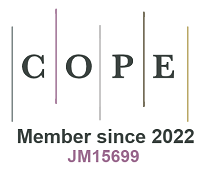Photosensitizer-functionalized metal−organic frameworks for photocatalysis
Abstract
In recent years, metal−organic frameworks (MOFs) have emerged as a novel class of porous crystalline materials whose structural diversity and designability enable precise modulation of light absorption range and band structure through the selection of metal nodes and organic ligands, demonstrating broad application prospects in the field of photocatalysis. This review systematically focuses on porphyrin-based, transition metal complex-functionalized, and other photosensitizer-incorporated MOFs, as well as their synthetic strategies. The applications of these materials in photocatalytic reactions such as CO2 reduction, hydrogen production, and organic synthesis are elaborated, with particular emphasis on recent breakthrough achievements and significant advancements. Finally, the current challenges are summarized, and future development directions are proposed, aiming to provide theoretical guidance and technical references for the design of efficient photocatalysts and to facilitate further progress in this field.
Keywords
Metal‒organic frameworks, photosensitizer, photocatalysis, CO2 reduction, hydrogen production, organic synthesis
Cite This Article
Shi Z, Li J, Shi G, Liu Y. Photosensitizer-functionalized metal−organic frameworks for photocatalysis. Chem Synth 2025;5:[Accept]. http://dx.doi.org/0.20517/cs.2025.48












